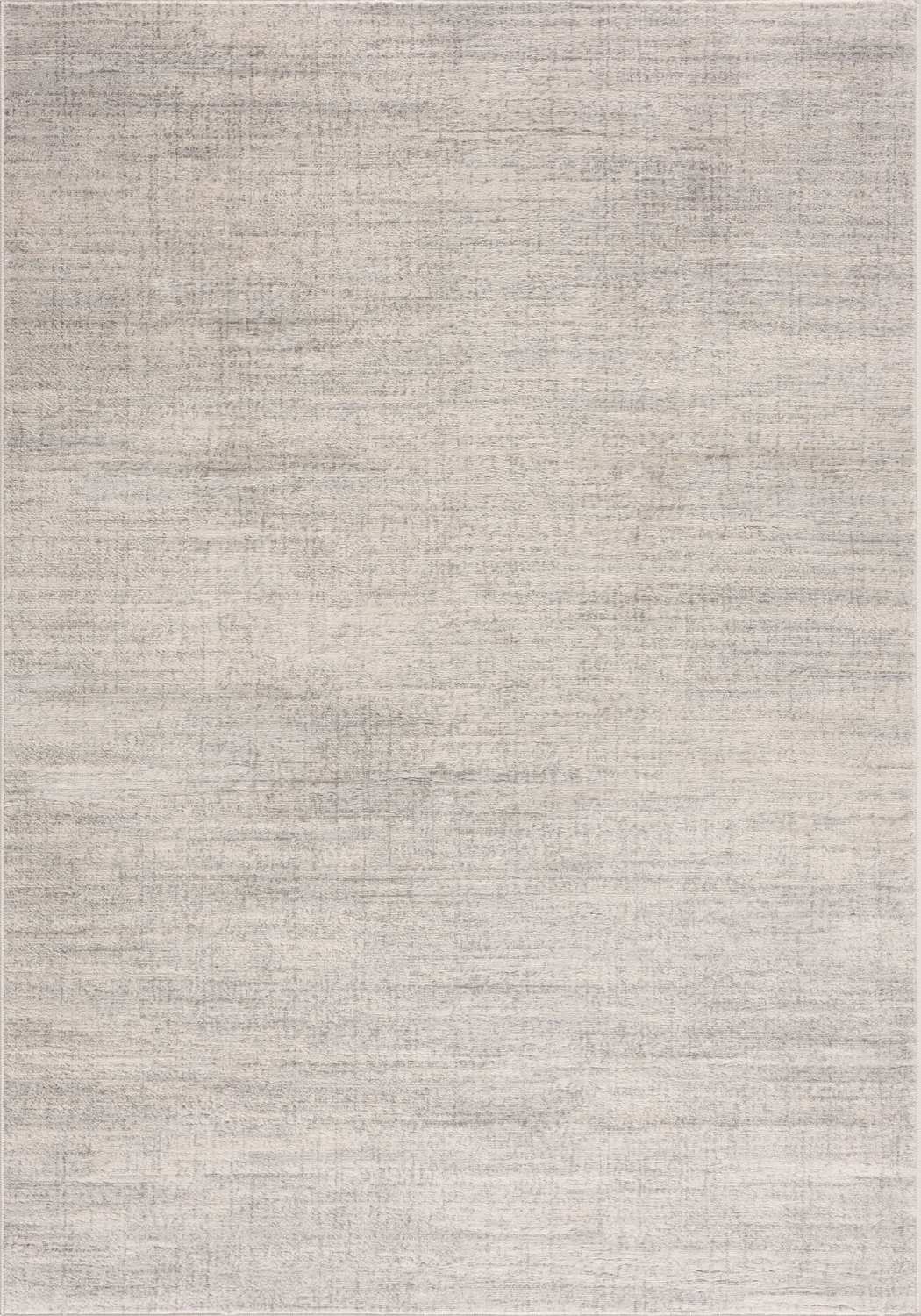-
Rugs
-
Home Accessories
-
- Rugs for Sale
Your cart is currently empty.
Subscribe today and get 10% off your first purchase
Rug Categories
Fashion & Lifestyle
Company
We accept
© 2025
The Rugs










